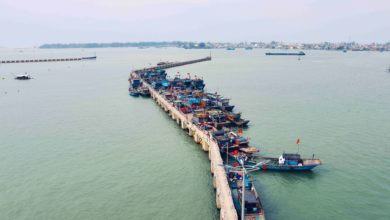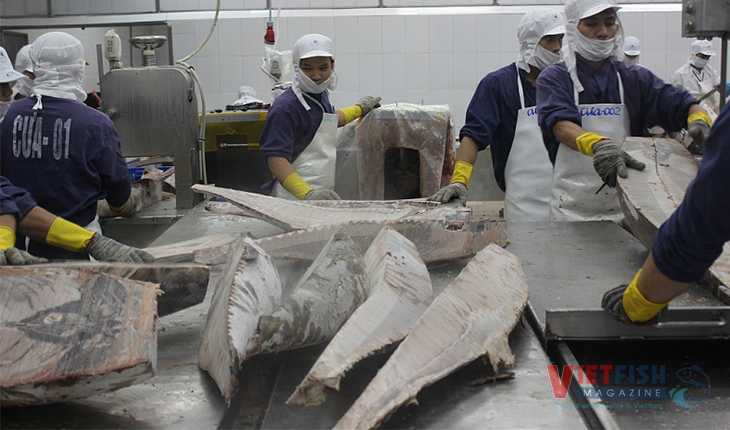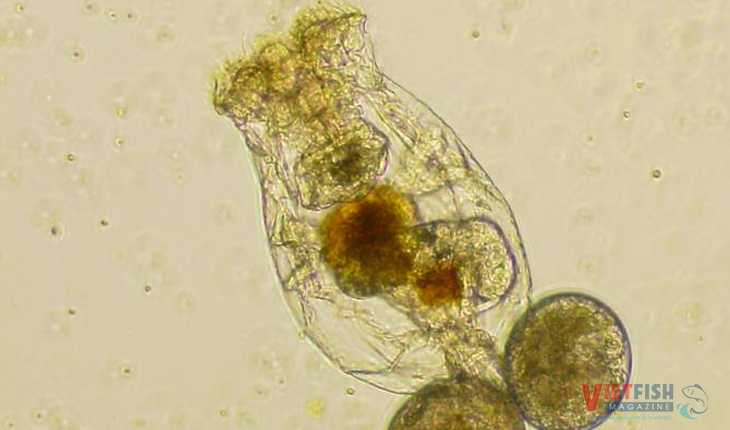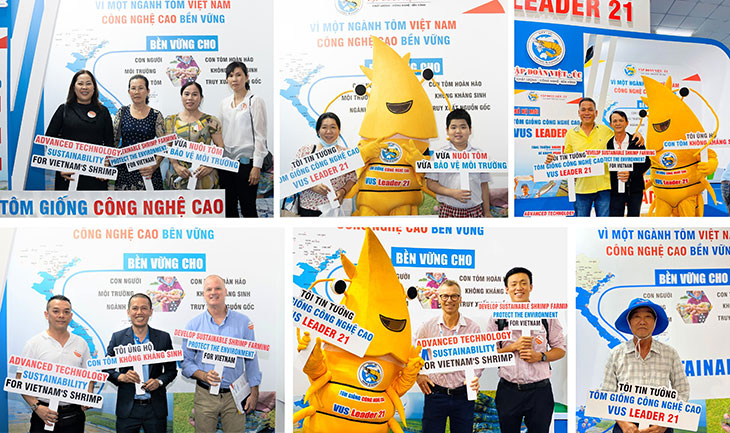WHAT TO EXPECT AT AQUA FARM 2024
A well-developed conference program based on the theme ‘Increasing seafood consumption through aquaculture development using an environmental, social, governance and health framework.’ will soon be announced for the SeaWorld, Gold Coast event between 14-17 May 2024 (www.aquacultureconference.com.au).
Two of the recent confirmations are of the highest order. Firstly, His Serene Highness Prince Albert II of Monaco will provide a recorded message for the conference delegates.
HSH Prince Albert II of Monaco, a qualified and keen marine biologist, supports many activities relating to the Ocean; among those is the Monaco Blue Initiative (MBI), which is a unique platform for debate that brings together major players in Ocean conservation and governance to reflect on the key challenges facing the future Ocean in a concrete and forward-looking way.
Secondly, the United Nations Food and Agriculture Organisation (FAO) have sanctioned a roundtable on ‘Social Responsibility in Aquaculture Production’ which is an important topic as this will be a keystone for how businesses throughout the chain will operate into the future.
FAO will issue some direction and the main purpose will be to brainstorm and discuss the best way to frame the aquaculture section of the FAO Guidance on Social Responsibility on the Fisheries and Aquaculture Value Chains, a document they will be providing all the member states for approval at a future Committee on Fisheries (COFI) meeting.
Issues such as how to address social problems in aquaculture to improve decent working conditions, including safety at workspace; how to “translate” the existing international instruments into a pragmatic approach, including a simple language and, what other topics, cross-cutting aspects should be included?
The Conference has two workshops and two roundtables. Workshops will be the Sunderland Marine Insurance-inspired ‘Risk Management Workshop’ and a ‘Governance in Aquaculture’ workshop sponsored by Aquarius Lawyers. The roundtables will be the FAO-driven activity and AISP will lead ‘Creating a Road Map for Seafood Consumption.’
Trident sponsor, Vendart Diagnostics is relatively new to the aquatic industry but is a second-time exhibitor at Aqua Farm. Vendart is the supplier of well-tested, reliable Macherey Nagel and LaMotte water analysis products, and under license manufactures a range of LaMotte reagents in their laboratory, creating quick delivery times and longer shelf life.

Additionally, Vendart is the supplier of the WaterLink® Spin Touch® FX photometer which enables you to run a complete series of tests on your water sample, including alkalinity, ammonia, calcium, magnesium, total hardness, nitrate, nitrite, pH, and phosphate. The process is uncomplicated – all you need is a 3 mL water sample and a disc (either fresh or salt water). Fill the disc, insert it into the meter, and tap “Start Test” and you will achieve precise results within 2 minutes. This system eliminates human error and interpretation and does all the demanding work for you.
Vendart will one of a number of exhibitors at the expo sitting alongside the Conference. The drink/food breaks will take place in the expo area, allowing the exhibitors to engage and network with all the delegates. The exhibitors will engage through sessions and promote their products/services with interested parties. It is still not too late to finalise your spot at the expo – please connect with Rakshith Kumar (rakshith.kumar@aquacultureconference.com.au).
If you are an aquaculture farmer, can you afford to miss this event (especially as there is a massive discount for SME’s)? The program will assist in understanding what the future is going to bring and how you can future-proof your business. The ability to get on the front foot and create agendas for your future and having the prospect of engaging to shape some of that future is also a critical drawcard. Please do not get left behind!






